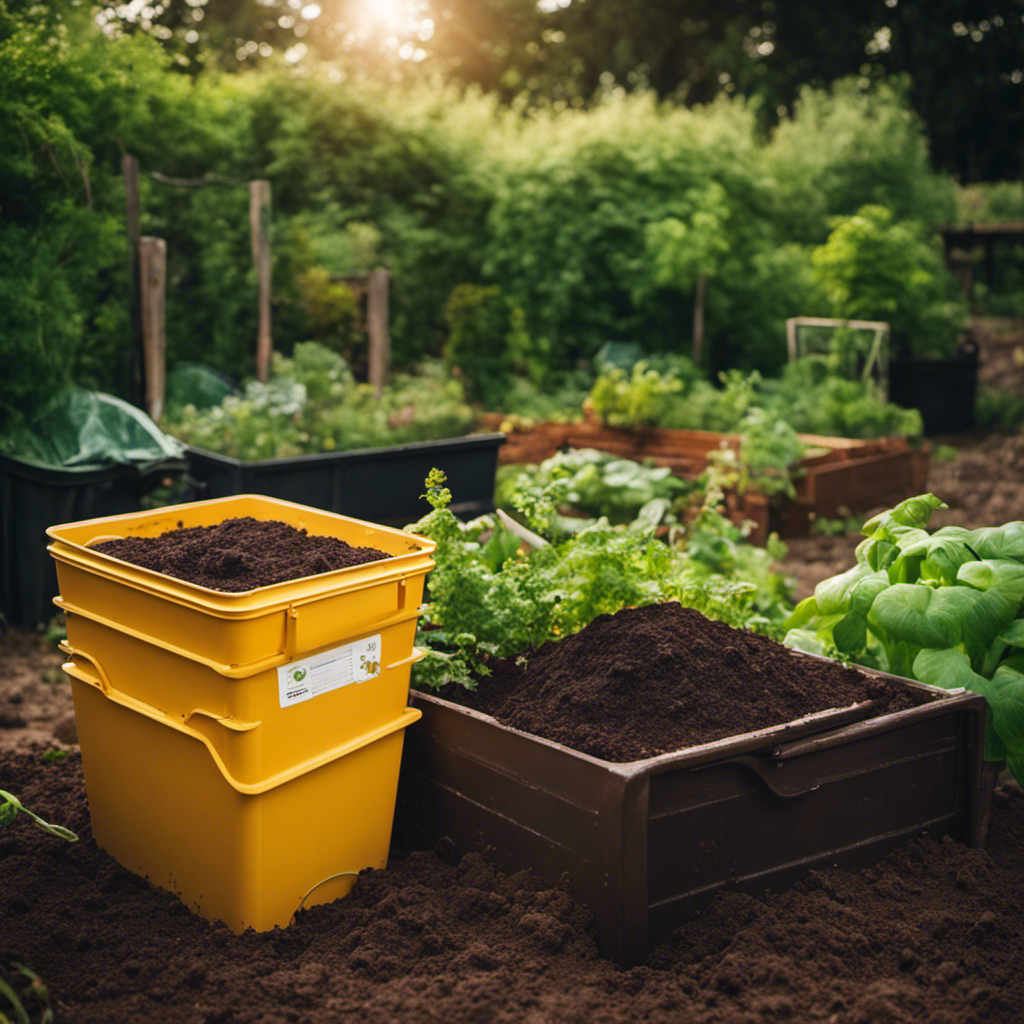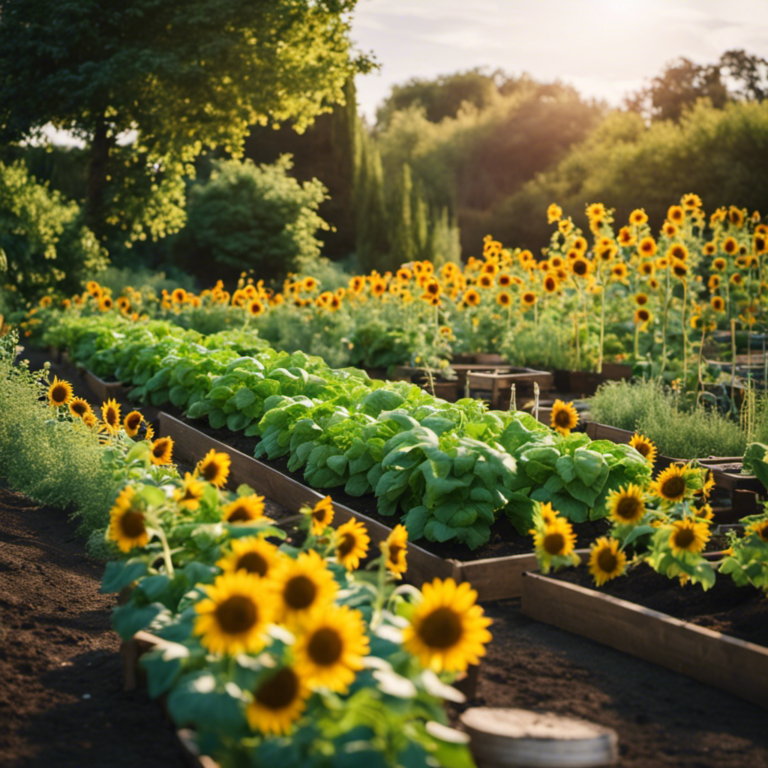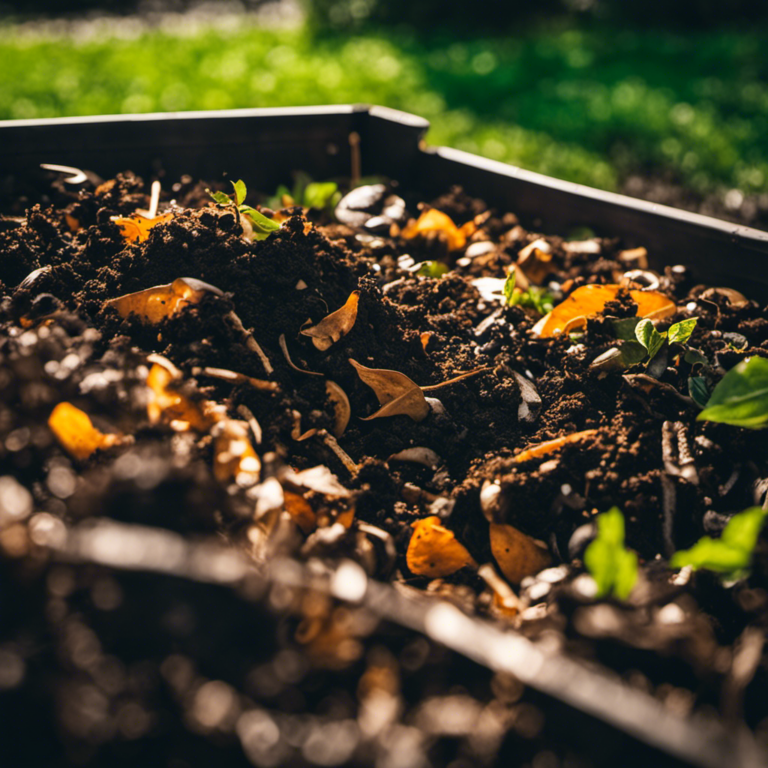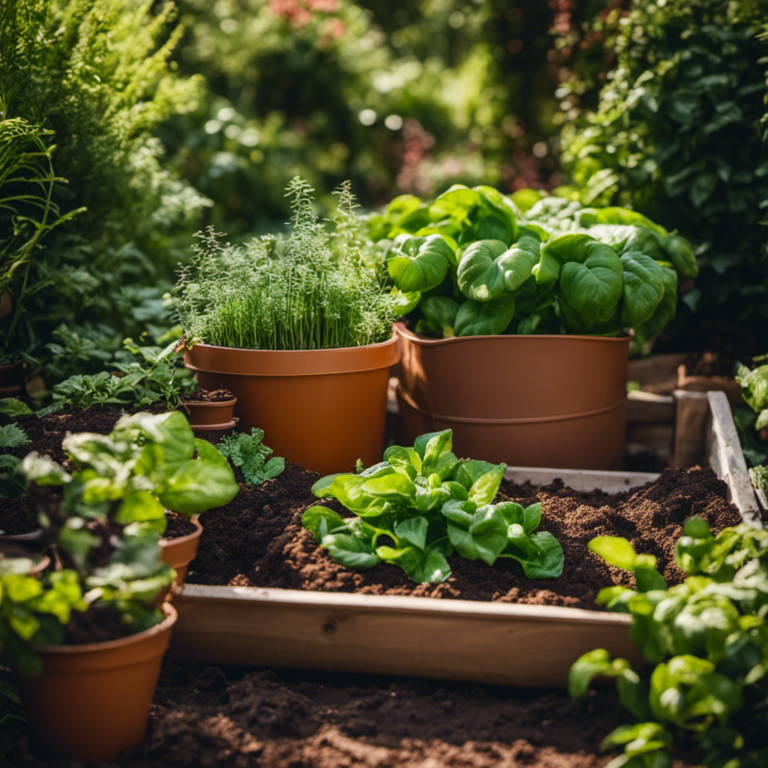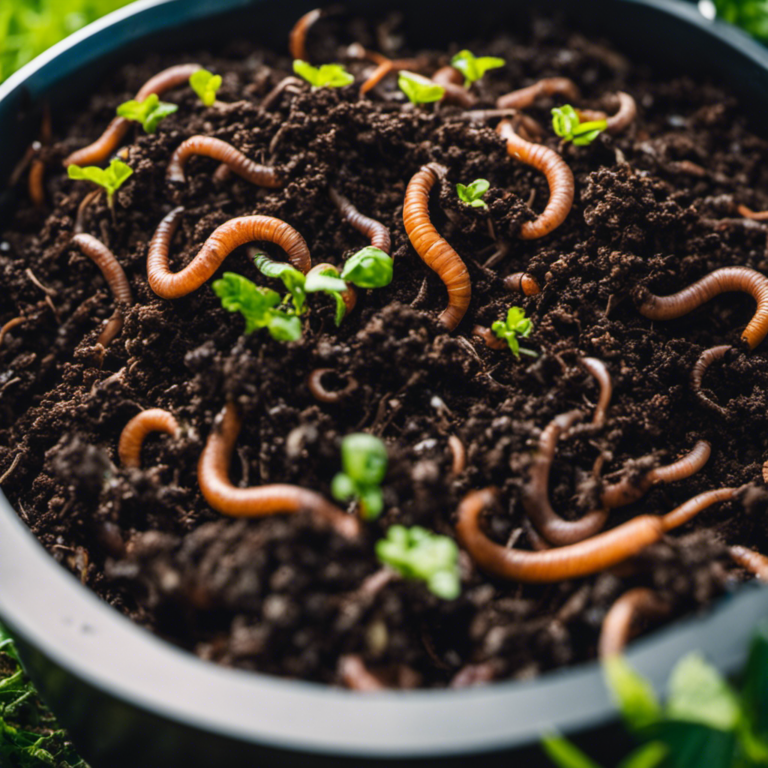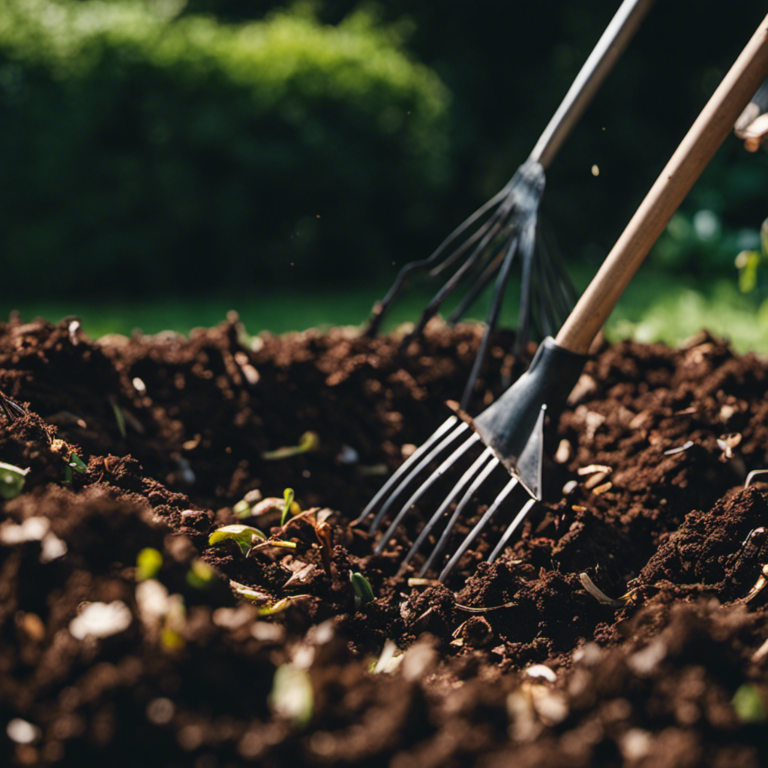Creating your own organic oasis may seem daunting at first, but there’s a simple secret that can help you get started: composting. Composting works like magic in your garden, turning kitchen scraps and yard waste into nutrient-rich soil.
In this article, I’ll guide you through choosing the right composting method, gathering the essential materials, and creating the perfect compost recipe. I’ll also provide tips for maintaining your compost pile and troubleshooting any issues that may arise.
So get ready to roll up your sleeves and witness the thriving transformation of your garden!
Key Takeaways
Composting is a valuable technique for creating a thriving organic garden. By choosing the right method, gathering necessary materials, and creating a balanced compost recipe, you can maintain a healthy compost pile or bin. Troubleshooting common issues is part of the process, but with some patience and knowledge, you’ll produce nutrient-rich soil that will transform your garden into a vibrant oasis.
So, start composting and witness the life that blossoms in your organic paradise!
Choosing the Right Composting Method
Choosing the Right Composting Method
After conducting research on various methods, I’ve discovered that using a compost tumbler is the most efficient way to create nutrient-rich soil for my organic garden. Composting plays a crucial role in organic gardening as it breaks down organic waste into nutrient-rich soil, reducing the need for chemical fertilizers. When deciding on the appropriate composting method, there are a few options to consider.
One popular method is aerated composting, which involves regularly turning the compost pile to introduce oxygen. This speeds up the decomposition process and prevents unpleasant odors. Aerated composting is an excellent choice for larger gardens that generate a significant amount of organic waste.
Another option is worm composting, also known as vermicomposting. This method involves using red worms to break down organic waste. The worms consume the waste and produce nutrient-rich castings that can be used as fertilizer. Worm composting is well-suited for smaller gardens or indoor composting setups.
Both aerated composting and worm composting have their advantages, so it’s important to select the method that best fits your needs. Consider factors such as the amount of organic waste you generate, the available space, and the time you can dedicate to composting.
Essential Materials for Composting

To effectively compost and create nutrient-rich soil for an organic garden, it’s important to gather the necessary materials.
The first thing you’ll need is a composting container, which comes in various sizes and types. Some popular options include compost bins, tumblers, and homemade wooden or wire mesh enclosures. These containers help keep the composting process contained and organized.
Next, gather the materials that will make up the compost pile. These materials can be divided into two categories: green and brown. Green materials include kitchen scraps, grass clippings, and fresh garden waste. These provide nitrogen, which is essential for breaking down the organic matter. Brown materials, on the other hand, include dried leaves, straw, and shredded paper. These provide carbon, which helps balance the compost and prevent it from becoming too smelly or slimy.
It’s important to have a good mix of both green and brown materials in the compost pile. Aim for a ratio of roughly 3 parts brown to 1 part green. This creates the ideal conditions for decomposition and helps speed up the composting process.
Creating the Perfect Compost Recipe
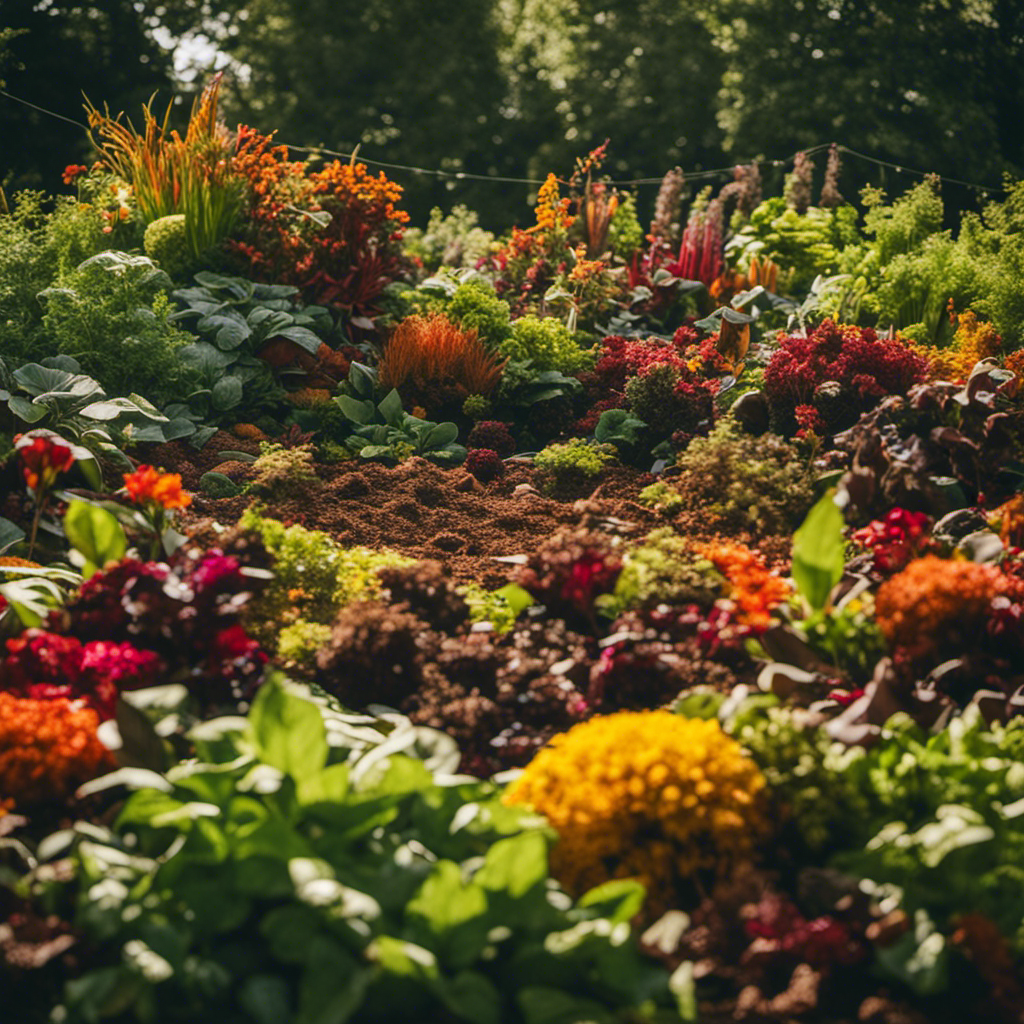
Creating the Perfect Compost Recipe
To create the perfect compost recipe, you need to gather the right ingredients and follow a few simple steps. Composting is a great way to reduce waste and create nutrient-rich soil for your garden. Here are some tips to help you get started:
Choose a compost bin or pile: You can use a traditional compost bin or simply create a pile in your backyard. Make sure it’s in a convenient location and easily accessible.
Add the right mix of ingredients: A successful compost recipe includes a mix of green and brown materials. Green materials are high in nitrogen and include things like grass clippings and kitchen scraps. Brown materials are high in carbon and include items like leaves and straw. Aim for a ratio of 3 parts brown to 1 part green.
Maintain the right conditions: Composting requires the right balance of moisture and airflow. Keep your compost moist, but not too wet. Turn the pile regularly to introduce oxygen and speed up the decomposition process.
By following these composting techniques, you’ll be on your way to creating the perfect compost recipe.
However, if you encounter any issues, such as a smelly or slow compost pile, don’t worry. Compost troubleshooting is part of the process, and there are solutions to common problems. Stay patient, experiment with different ingredients, and soon you’ll have nutrient-rich compost to nourish your garden.
Maintaining Your Compost Pile or Bin
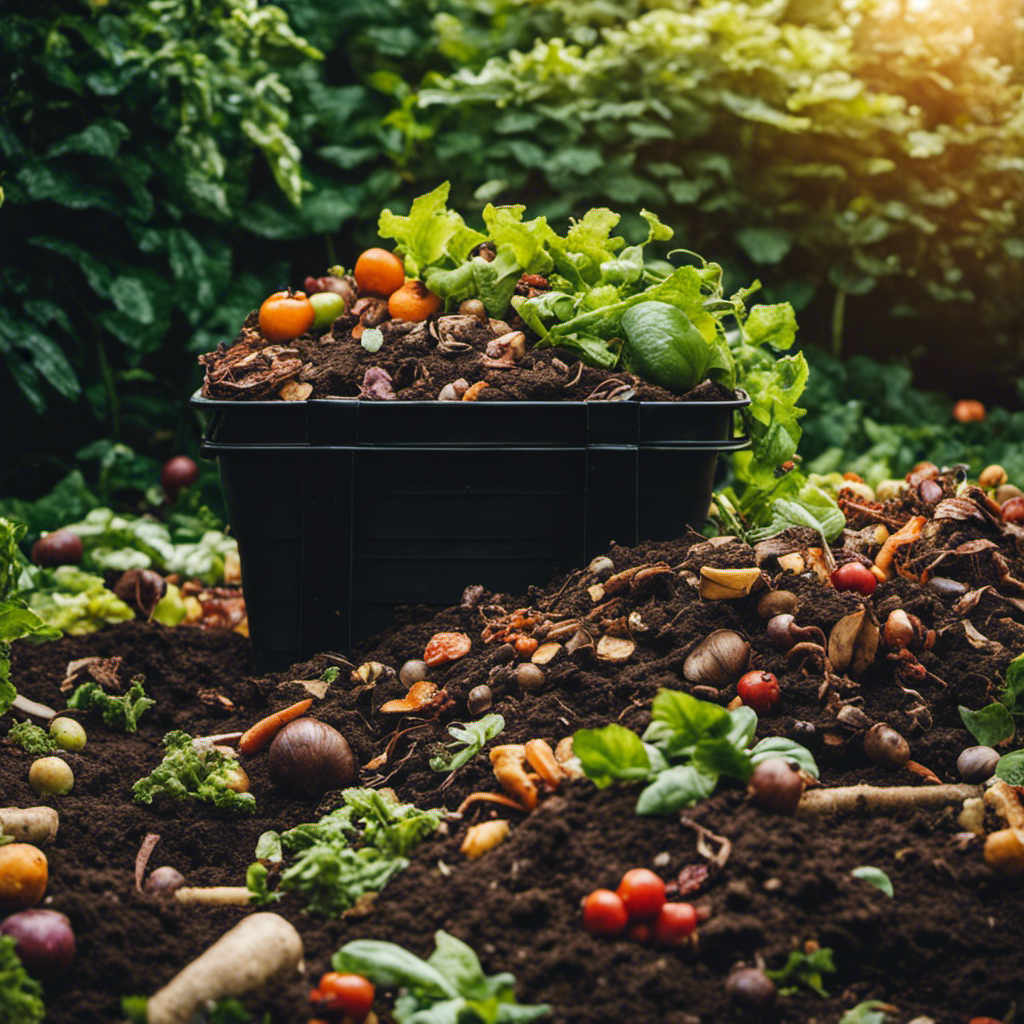
Maintaining Your Compost Pile or Bin
To keep your compost pile or bin in good condition, it’s important to perform regular maintenance tasks. One essential task is turning the pile or bin, which helps introduce oxygen and speed up the decomposition process. By turning the compost, you mix the materials, aerate the pile, and prevent odors and pests. Additionally, this process ensures that the beneficial microbes responsible for decomposition have access to oxygen, which accelerates the process of breaking down organic waste into nutrient-rich humus.
To maintain your compost pile effectively, you can start by using a pitchfork or shovel to turn the pile every one to two weeks. This action helps distribute moisture and heat evenly throughout the pile, promoting decomposition. It’s also crucial to monitor the moisture levels of your compost. You want the moisture content to be similar to that of a damp sponge. If your compost is too dry, add water. Conversely, if it’s too wet, add dry materials like leaves or sawdust.
Apart from regular turning and moisture management, there are other techniques you can employ to maintain your compost pile. For example, you can layer green and brown materials, such as kitchen scraps and yard waste, to create a balanced carbon-to-nitrogen ratio, which is crucial for successful composting. Additionally, chopping or shredding larger materials can speed up decomposition. Using a compost thermometer to monitor the internal temperature of the pile is also helpful.
Troubleshooting Common Composting Issues
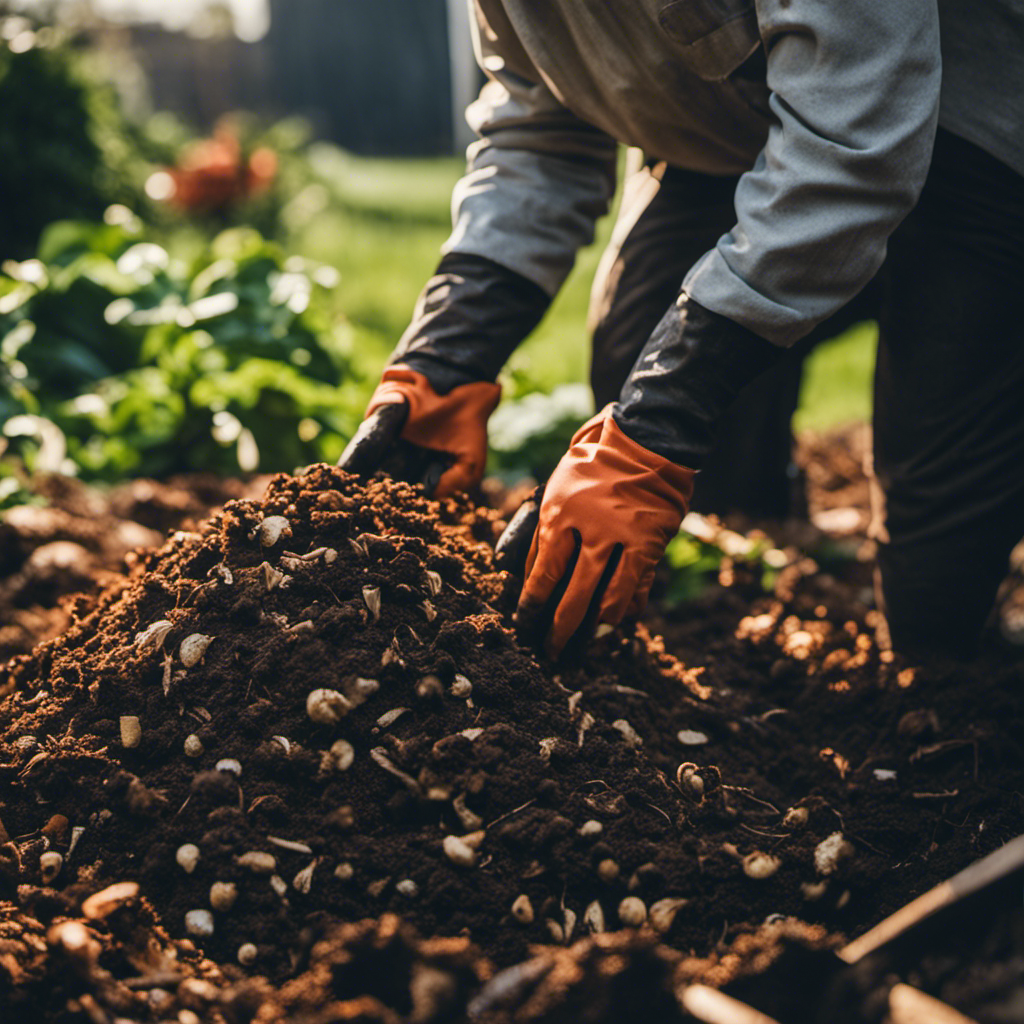
Troubleshooting Common Composting Issues
When faced with common composting issues, a simple solution is to adjust the moisture levels of the pile. Proper moisture is crucial for breaking down organic materials and creating nutrient-rich compost. Here are some tips to help you overcome common challenges in your composting journey:
-
Preventing pests: Flies and rodents are attracted to compost piles that are too wet or contain undecomposed food scraps. To prevent pests, make sure your compost pile is properly balanced with a mix of brown and green materials. Avoid adding meat, dairy, or oily foods that can attract pests. Cover your compost pile with a tarp or use a compost bin with a secure lid to keep pests out.
-
Composting in small spaces: If you have limited space for composting, consider using a compost tumbler or a worm bin. These compact options are ideal for small gardens or apartment balconies. They allow you to efficiently compost kitchen scraps and yard waste without taking up much space. Remember to balance the carbon-to-nitrogen ratio and maintain proper moisture levels, even in small-scale composting systems.
-
Maintaining airflow: Adequate airflow is essential for a healthy compost pile. If you notice a foul odor or slow decomposition, it may be due to poor airflow. To improve airflow, regularly turn your compost pile using a pitchfork or compost aerator. This will help oxygenate the pile and speed up the composting process.
By addressing these common composting issues, you can ensure a successful and thriving compost pile, regardless of the size of your space.
Happy composting!
Conclusion
Composting is a valuable technique for creating a thriving organic garden. By selecting the right method, gathering necessary materials, and creating a balanced compost recipe, you can maintain a healthy compost pile or bin.
Troubleshooting common issues is part of the process, but with some patience and knowledge, you’ll produce nutrient-rich soil that will transform your garden into a vibrant oasis.
So, start composting and witness the life that blossoms in your organic paradise!
